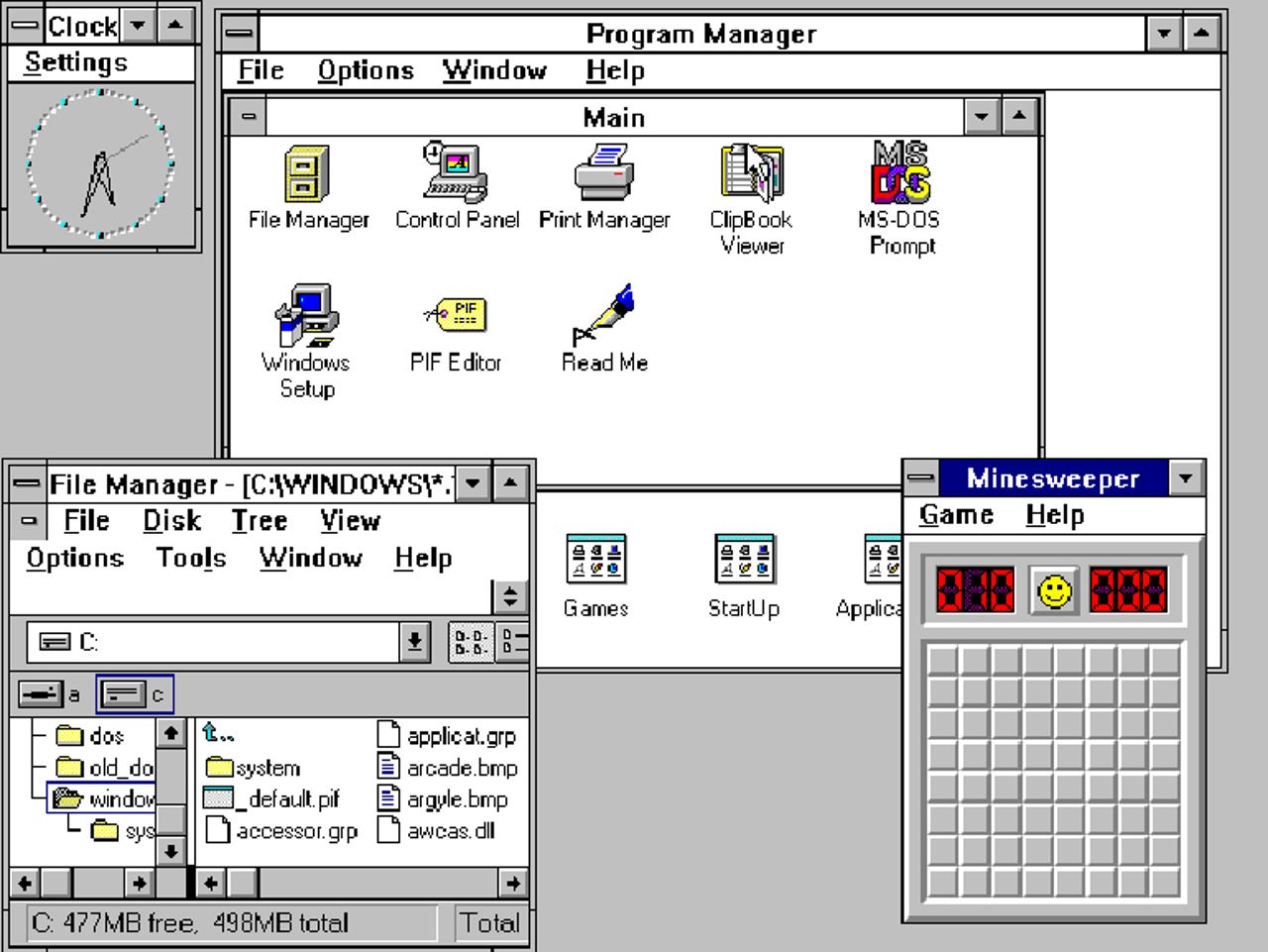Don't want Windows 10? No problem, upgrade to Windows 3.1 instead


Thanks to the Internet Archive, you can now run an emulated Windows 3.1 environment in the browseron a modern Mac or Windows machine.
If you're looking for a 1990s flashback, the Internet Archive has you covered with a new window into the world of Microsoft's 24-year-old Windows 3.1.
Unless you're working at a certain airport, chances are you haven't caught a recent glimpse of Windows 3.1, one of Microsoft's earliest attempts at an operating system with a graphical user interface.
The Internet Archive has now made that possible on a modern Mac or Windows machine, offering hundreds of new games, utilities and 1990s apps that run in an emulated Windows 3.1 environment in the browser.
Windows 1.0 to 10: The changing face of Microsoft's landmark OS
Given that computers were a luxury home item in the 1980s and early 1990s, a large chunk of the world's population are unlikely to have ever seen Windows 3.1, the predecessor to the more widely-known Windows 95.
For those who did while away the hours at the time, playing shareware games on a PC, the new archive will bring back fond memories.
As the Internet Archive's curator Jason Scott reflects, Windows 3.1 marked a turning point for desktop computing thanks to improvements Microsoft made as it played catch-up with Apple.
"The Windows shell started to become more and more like an operating system, and the introduction of Windows 3.0 and 3.1 brought stability, flexibility, and ease-of-programming to a very wide audience, and cemented the still-dominant desktop paradigms in use today," Scott noted.
The Windows 3.1 collection joins the Internet Archive's DOS Collection, which now includes over 1,000 old games and programs, including the recently launched MS-DOS malware archive.
More on Microsoft Windows
- How to run Windows programs on Linux with CrossOver
- Microsoft has no plans to change Windows 10 consumer privacy settings
- Porting an iOS app to Windows 10 can take as little as 5 minutes
- When it comes to Windows 10 privacy, don't trust amateur analysts
- Microsoft debuts new Windows 10 Insider Release Preview Ring for PCs, mobile
- Want the full MS-DOS virus experience? Time for a night at the Malware Museum